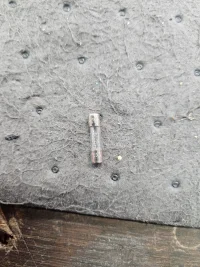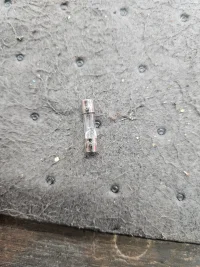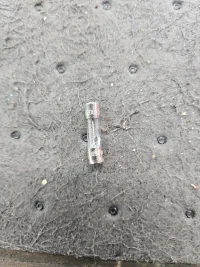snowwhite3.3
Member
- Joined
- Feb 17, 2023
- Messages
- 39
- Reaction score
- 2
- Points
- 8
Just finished up my head studs, got my first start up which was rough. However I assumed it was just air in the fuel system. I took it for my first drive and I wasnt making boost, and it felt extremely sluggish. I went and fueled up because I was low and I though that might help purge any air from the fuel system. After I got fuel, I started the car and thats when I got the p0087 code aka "fuel rail pressure too low". I did install high flow downpipes, paired with the catless secondary downpipes, could it be just a tuning issue with the increased airflow because I am on a stock tune at the moment. I also found a glass cartridge fuse under my car, Im really not sure if it is even from the car but I will attach photos of it. I know this might sound like a jumbled mess but any feedback is greatly appreciated.






